Many highly applicable researches published in international journals in the Scopus/ISI Q1 category by Dr. Architect An have brought new and practical perspectives to young architects as well as those who share a passion for researching, preserving and restoring architectural heritage to preserve the nation's fine traditional values. Recently, Dr. An was also honored to receive the 2023 Golden Pen Award from the Architecture Magazine and the Vietnam Association of Architects.
Many achievements from applied research and international publications
Dr. Architect Le Vinh An began his career in cultural heritage conservation as a university student. His research areas are quite diverse, including:
- Urban heritage,
- Architectural heritage,
- Preservation, restoration and reconstruction of architectural heritage works.
In 2009, he successfully defended his PhD thesis on the reconstruction of Can Chanh Palace, the most important palace of Hue Imperial Citadel that collapsed in 1947, and received a PhD in Science & Technology in History of Architectural Technology from Waseda University, Japan.
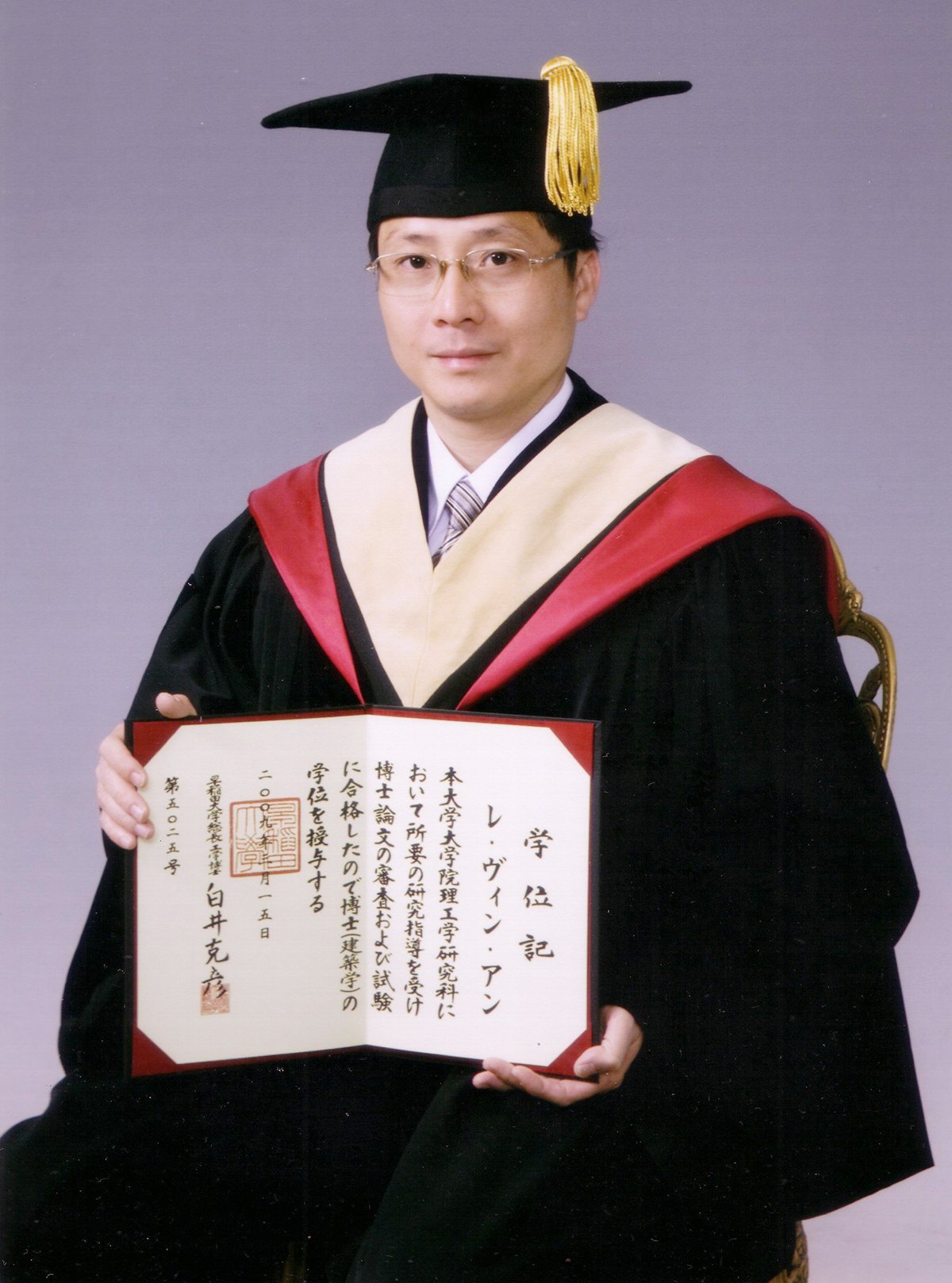
Dr. Architect Le Vinh An received his PhD from Waseda University, Japan.
In 2013, he and his colleagues carried out the project " Application of Realtime-Rendering Technology to recreate Thieu Phuong Garden in Hue Imperial Citadel ", which was the royal garden of the Nguyen Dynasty that was destroyed by war. The project was successfully reconstructed and was awarded First Prize in the Science and Technology Innovation Contest of Thua Thien - Hue province.
Then in 2018, he and his colleagues developed the Design Planning method for architecture students based on the application of the CDIO training methodology (Conceive - Conceptualize, Design - Conceptualize; Implement - Implement; Operate - Operate). This method was selected by the Vietnam Association of Architects and 40 architecture training institutions nationwide to win the first prize in the "Best architectural project teaching method" contest.
Up to now, he has published many articles on the field of conservation and reconstruction of architectural heritage in international magazines and in the magazine of the Vietnam Association of Architects, contributing to the cause of preserving national architectural heritage.
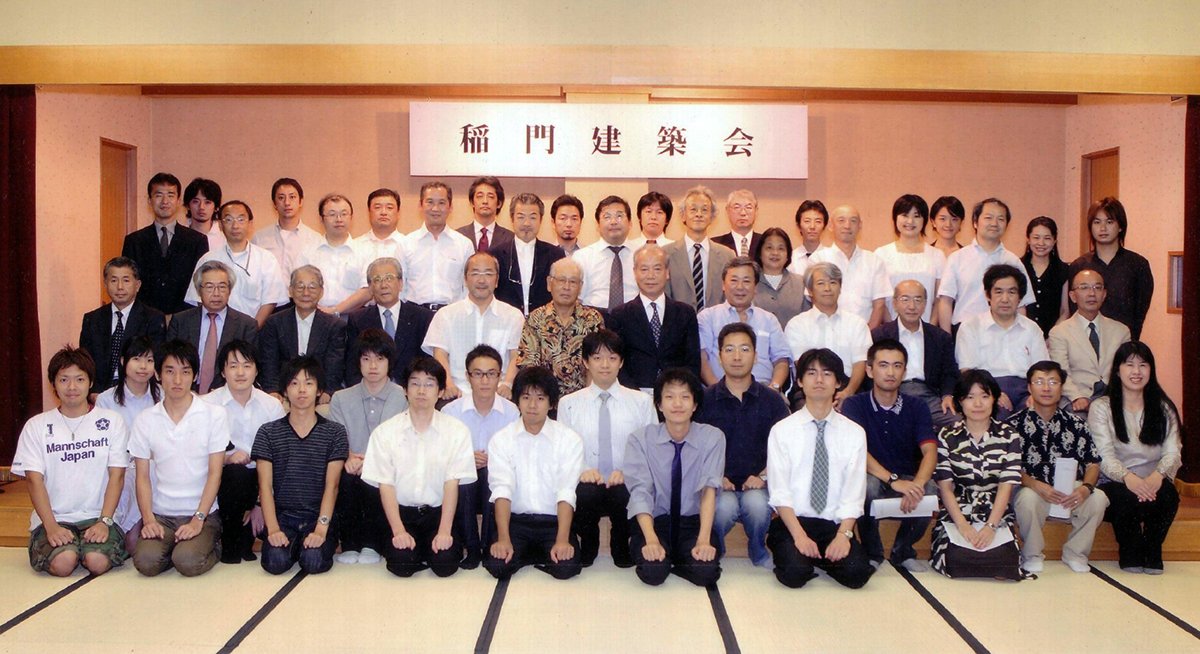
Since 2008, Dr. Architect An (second from right in the front row) has been a member of the Japanese National Architectural Research Association.
With these important contributions, Dr. An was awarded the "Golden Pen" title in 2023 by the Vietnam Association of Architects, and invited by PTIMUM to present at the "International Conference on Innovation in Civil, Structural and Environmental Engineering - CIVILENG 2024" in Rome, Italy in October 2024.
Preserving cultural heritage is maintaining the longevity of national origins.
Having spent many years pursuing research on heritage conservation and restoration, Dr. Architect An understands better than anyone else the importance of this activity to the spiritual life, cultural identity as well as the socio-economic development of a nation in the present and in the future. Dr. An said: " Heritage is a dowry, an inheritance of the Vietnamese people from our ancestors. Each heritage contains emotional, cultural and material values. Preserving cultural heritage is to maintain the eternal existence of the nation's roots. Because cultural heritage is material evidence of the achievements that the Vietnamese people have achieved throughout history, thereby inspiring future generations to continue to maintain that fine tradition ."
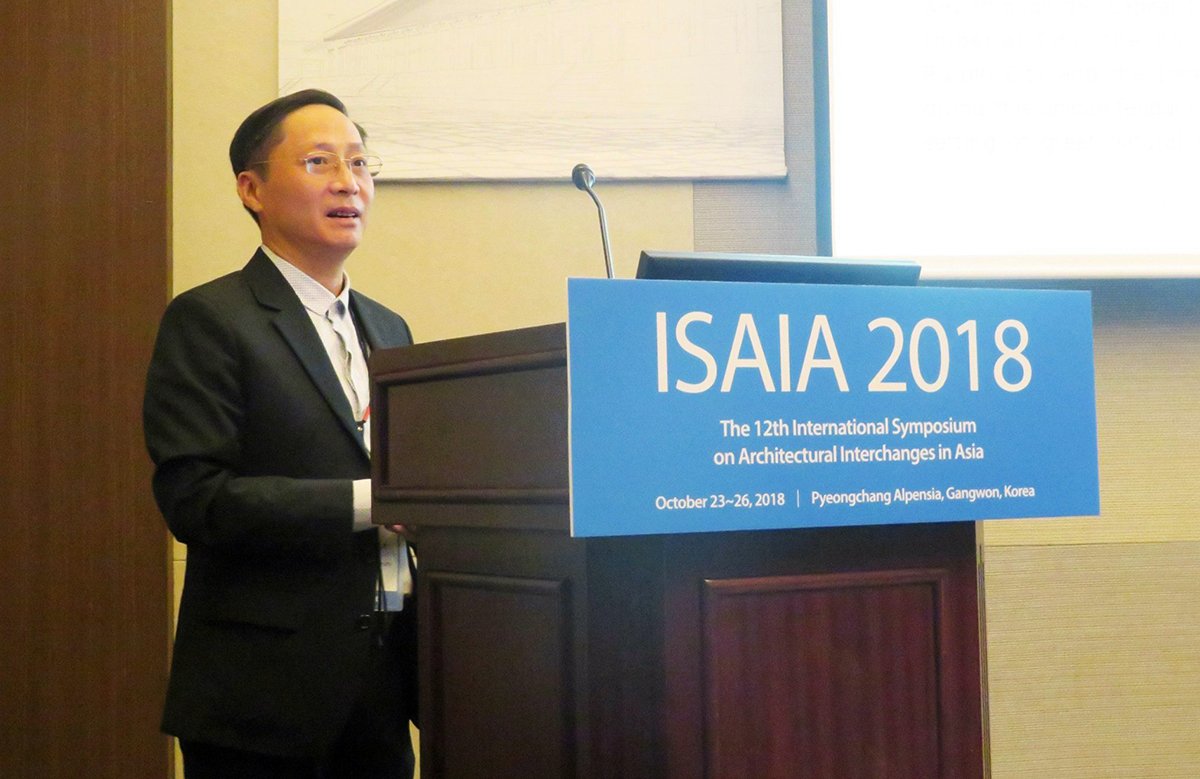
Dr. An presented a paper at the 12th Asian Architecture Symposium in Korea, 2018.
Dr. An also affirmed that when discussing the field of cultural heritage conservation, it is impossible not to mention the core concepts related to this field, including:
- Preservation (the way to accumulate heritage),
- Restoration (the way to maintain the physical existence of the heritage), and
- Reconstruction (how to read and understand heritage).
Besides, heritage protection is the activity of preventing the damage to heritage, and is a prerequisite in conservation work.
As for architectural heritage, Dr. An believes that this is a tangible cultural property, which is also the core of Vietnam's cultural heritage that our ancestors left us through history. Tangible culture contains both tangible elements - architectural heritage works that still exist today, and intangible elements - issues related to the birth and existence of heritage. Therefore, the conservation of architectural heritage needs to pay attention to both of these elements at the same time, and the issue needs to be placed in a hierarchical relationship of Conservation - Inheritance - Promotion - Development.
Dr. An and his colleagues have also proposed a new concept called " Architectural Heritage DNA " with a potential structure to provide a simple formula to assess the authentic values of preserved architectural heritage works. "Restoration of architectural heritage is often understood as activities to maintain the physical existence of architectural heritage. The agencies responsible for this work are specialized agencies with the function of managing heritage on the State side, with sufficient professional capacity in heritage restoration and reconstruction techniques. However, that is only the tangible aspect (physical factors), while the intangible aspect (intangible factors) of heritage is not limited, including all scientific research activities, heritage promotion, and education and training, sustainably transmitting that knowledge and experience to future generations .", Dr. Architect An said.
Many projects to preserve and restore architectural heritage of international stature
Putting all their heart into the activities of preserving and restoring architectural heritage, Dr. Architect An and his colleagues have been and are continuing to work tirelessly on many research projects to contribute to restoring the intact form of the heritage, preserving the inherent value of the heritage, and handing over those values to future generations of Vietnam. In the near future, Dr. An and his colleagues plan to continue publishing scientific research works on Vietnam's architectural heritage as follows:
Using the Passive Design Function formula to write the "Heritage BIM" (HeBIM) software for architectural design applicable to types of palace, communal house, pagoda, and traditional house architecture.
Conduct a series of comparative studies between Vietnam's architectural heritage and that of East Asian and Southeast Asian countries; synthesize research, develop and publish the brand identity formula "Vietnamese Architectural Identity"; and publish a 'handbook-guideline' on the conservation, restoration and reconstruction of architectural heritage.
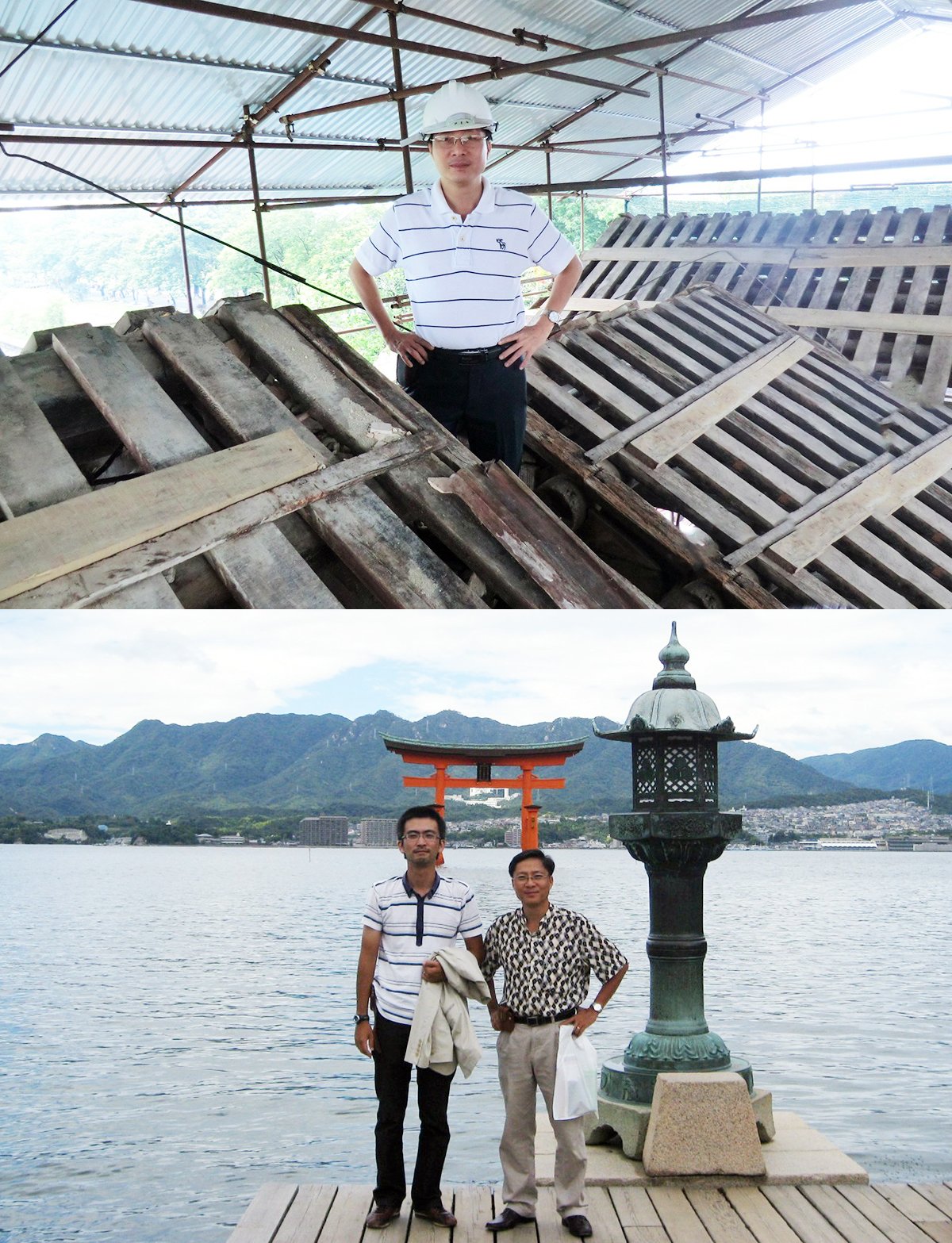
Dr. An was the Chief Supervisor of the Ngo Mon-Hue architectural heritage restoration project in 2014 (photo above) and researched the heritage with colleagues (Japanese) in Hiroshima-Japan in 2009.
The efforts of Dr. An in particular and the faculty of Duy Tan University's Faculty of Architecture in general in training architects, researching and preserving heritage have been recognized and supported by many international experts. Among them, many presentations at international conferences are considered especially useful and practical for students studying Architecture such as:
Report " Introducing the characteristics of the Hue Monuments Complex - Vietnam's first World Cultural Heritage and future tourism development orientation " at the International Workshop on "Establishing an International Association for the Conservation & Development of Cultural Heritage of the Mekong River Basin Countries" organized by the UNESCO World Heritage Institute, Waseda University (Japan) in collaboration with the Royal Silparkon University of Thailand, Princess Maha Chakri Sirindhorn Anthropological Research Center in 2018,
Report " Feng Shui Principles of Hue Ancient Capital - Approach from macro to micro " at the International Conference with the theme "Deeply developing the network of protection and development of cultural heritage of Mekong River Basin countries" held at Bagan World Cultural Heritage Site, Myanmar in 2019,
As a university with extensive experience in training in Architecture (and Construction), Duy Tan University also has many cooperative connections with universities in the Mekong River basin countries, Japanese universities, Dr. Architect Le Vinh An hopes to contribute to improving the quality of training, providing society with skilled architects, with enough knowledge and skills to design unique works, participating in activities to preserve and reconstruct architectural heritage for the long-term benefit of the nation and community.
Source link


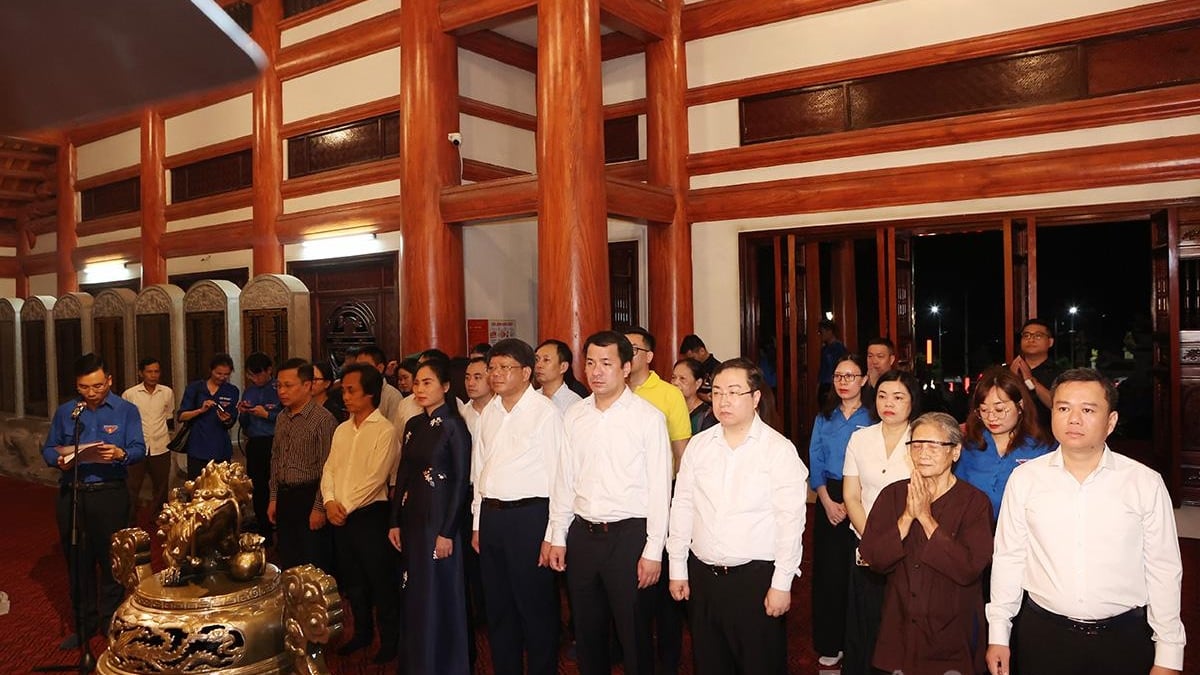
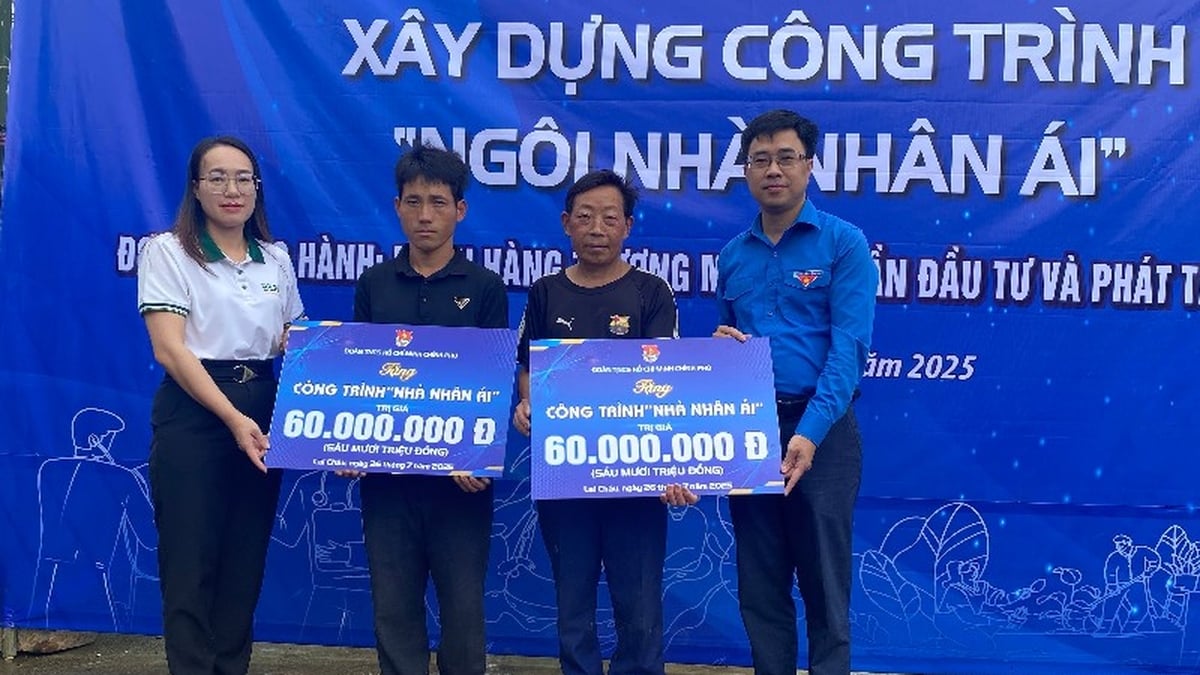
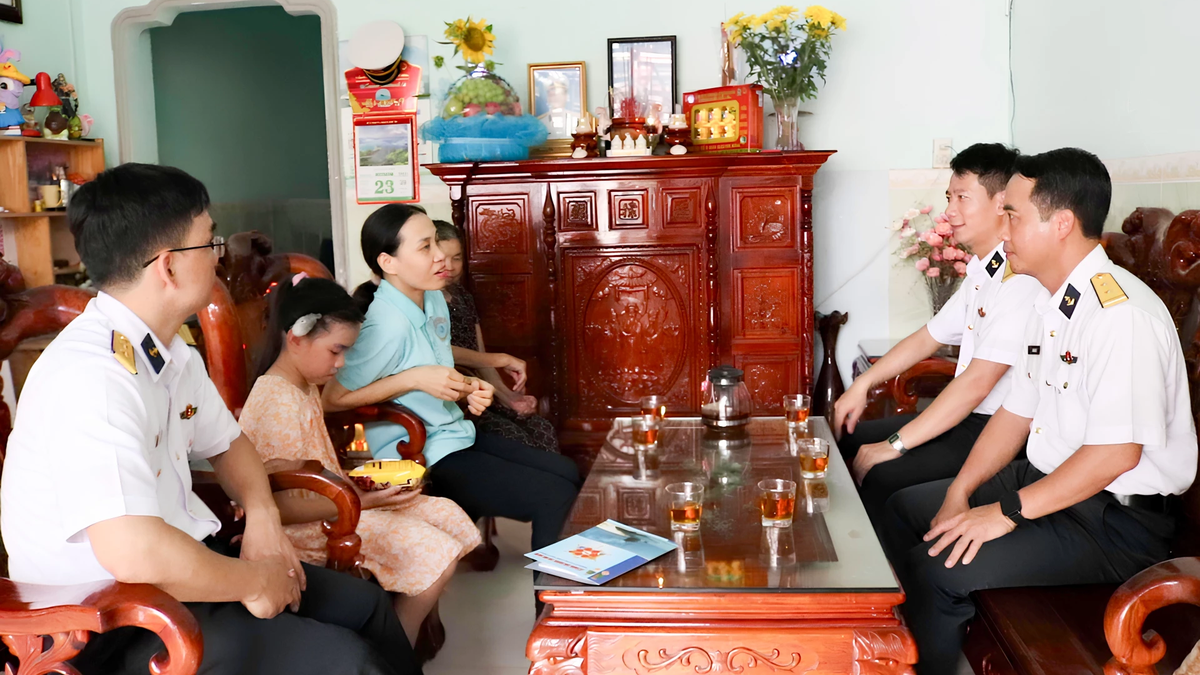

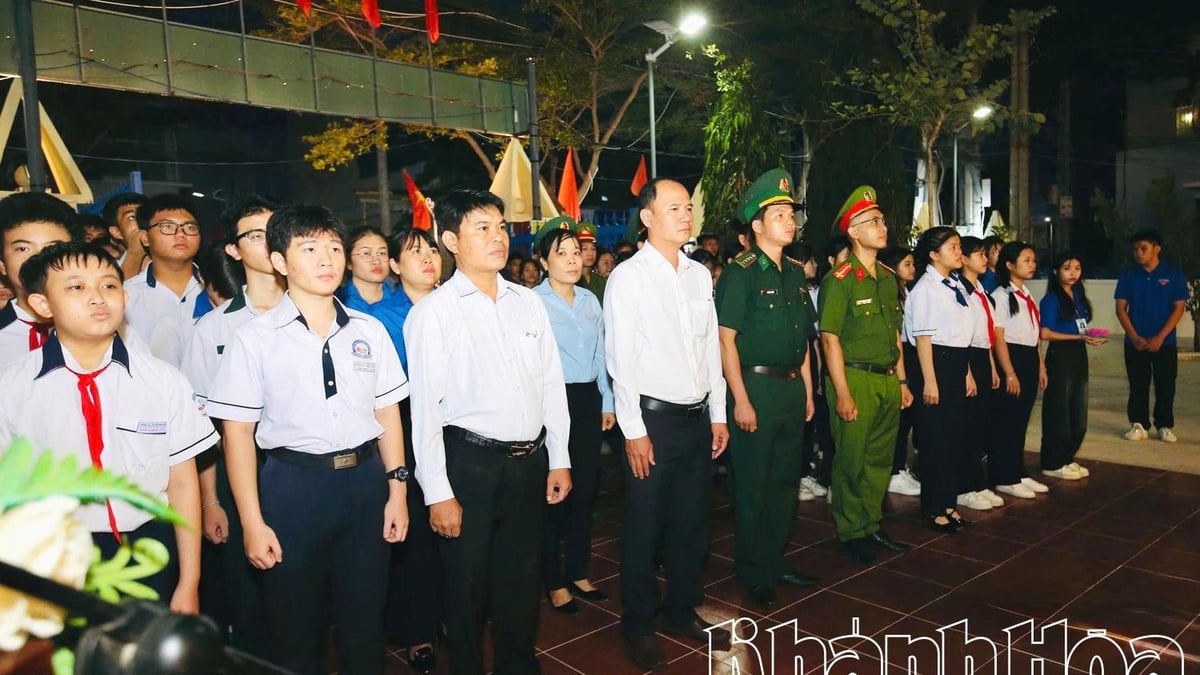
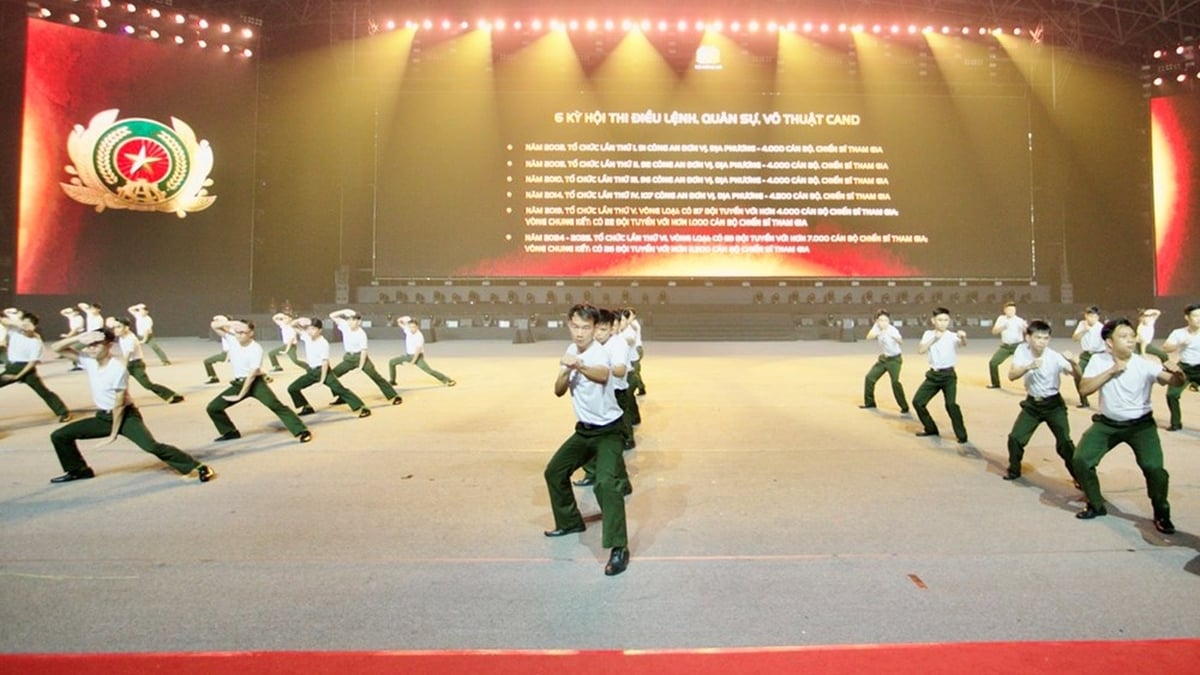
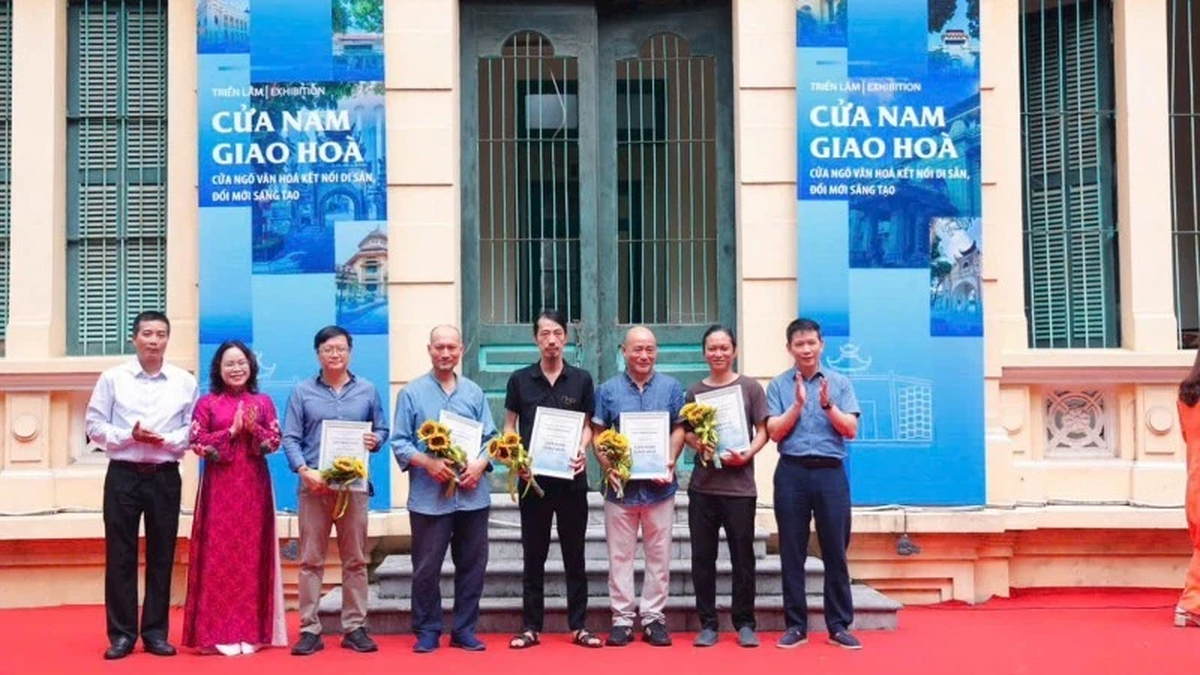
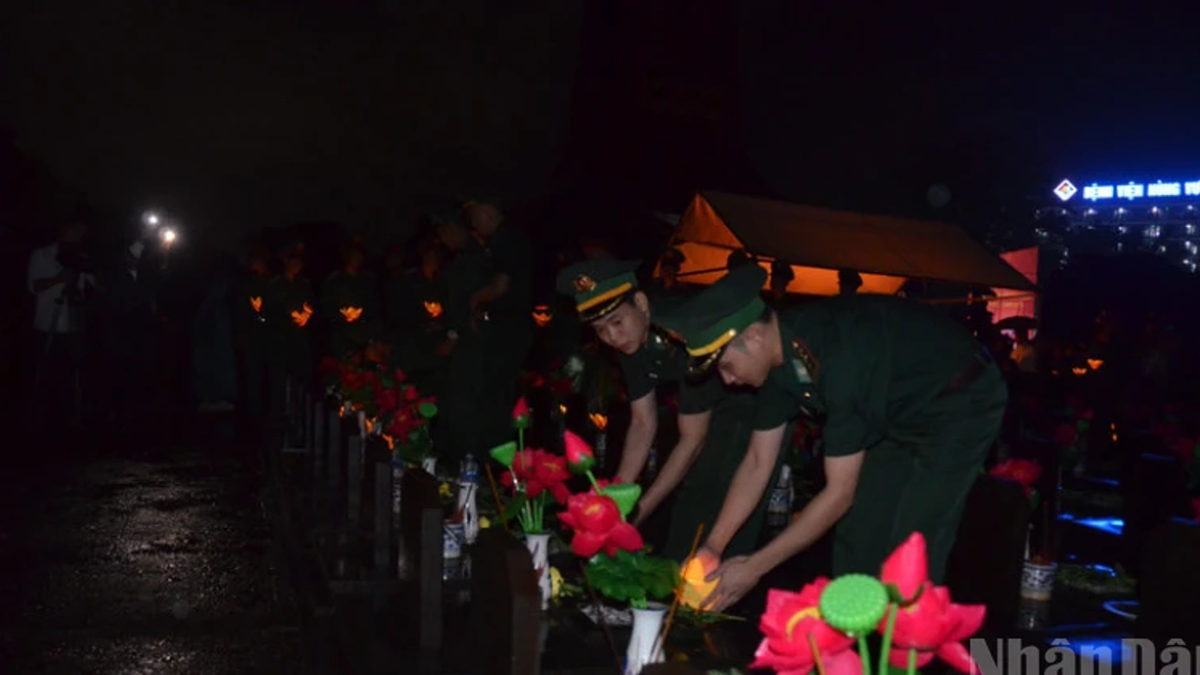
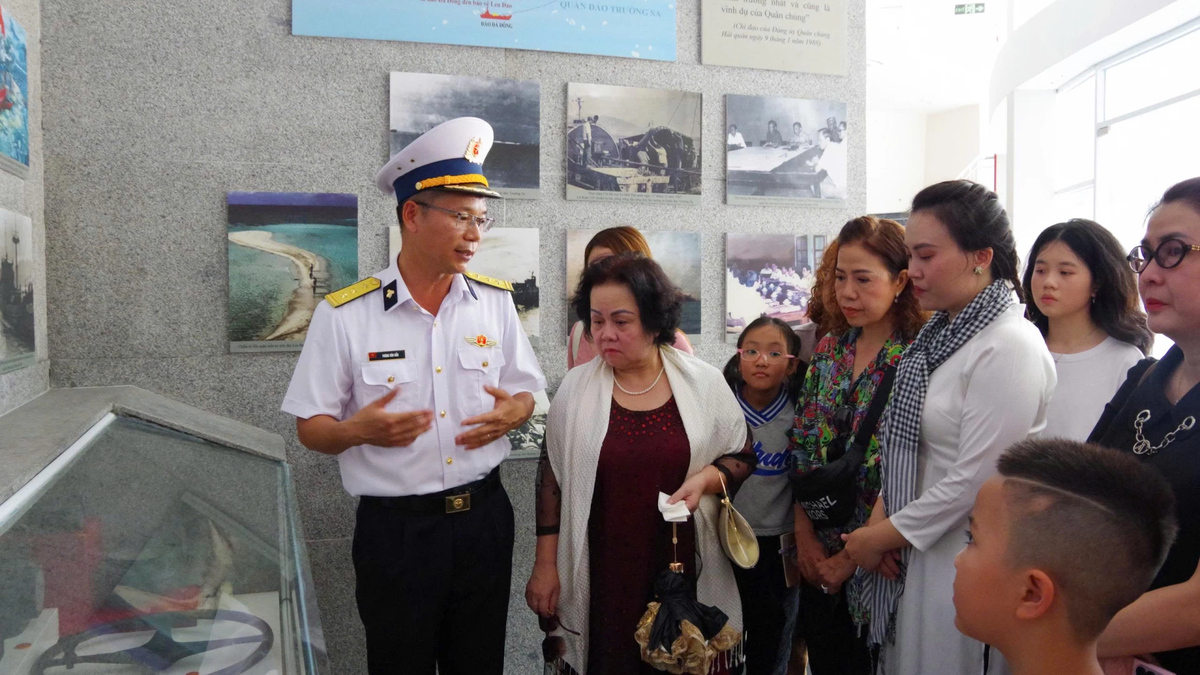
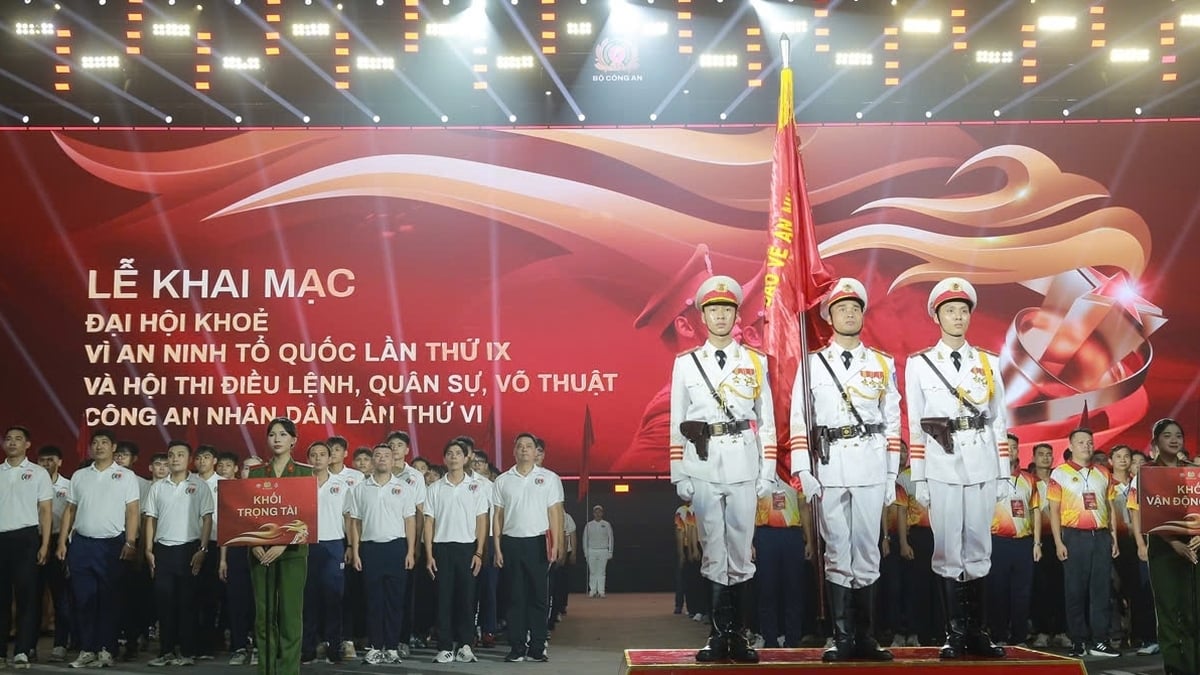












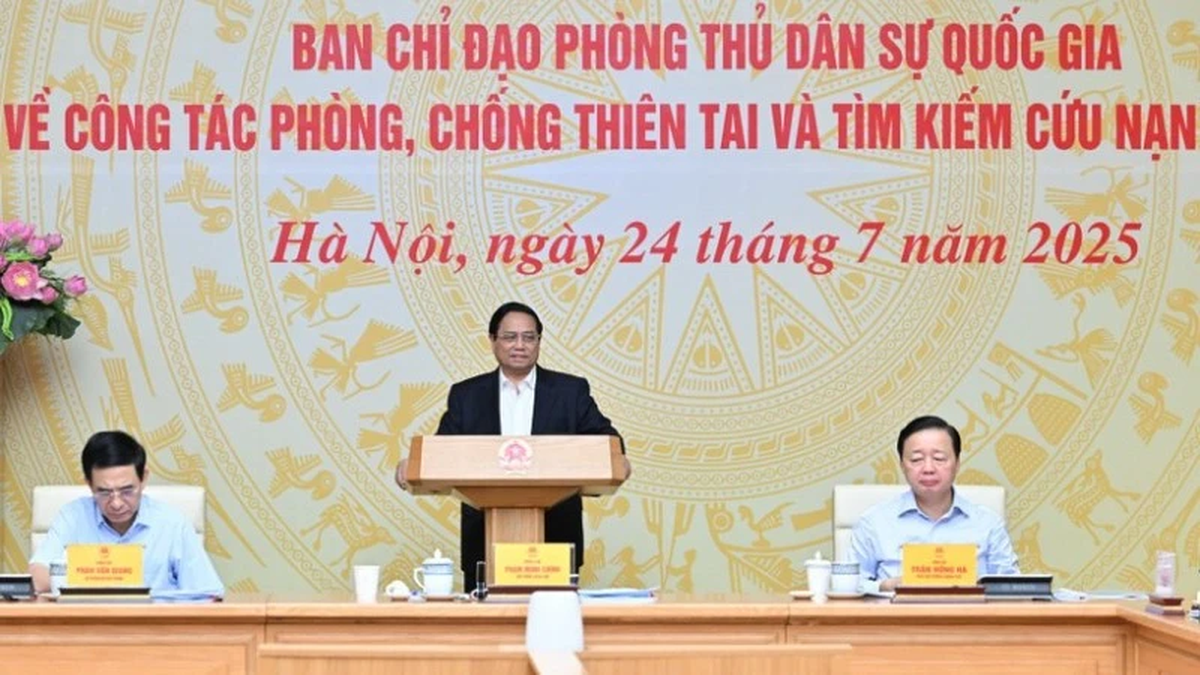
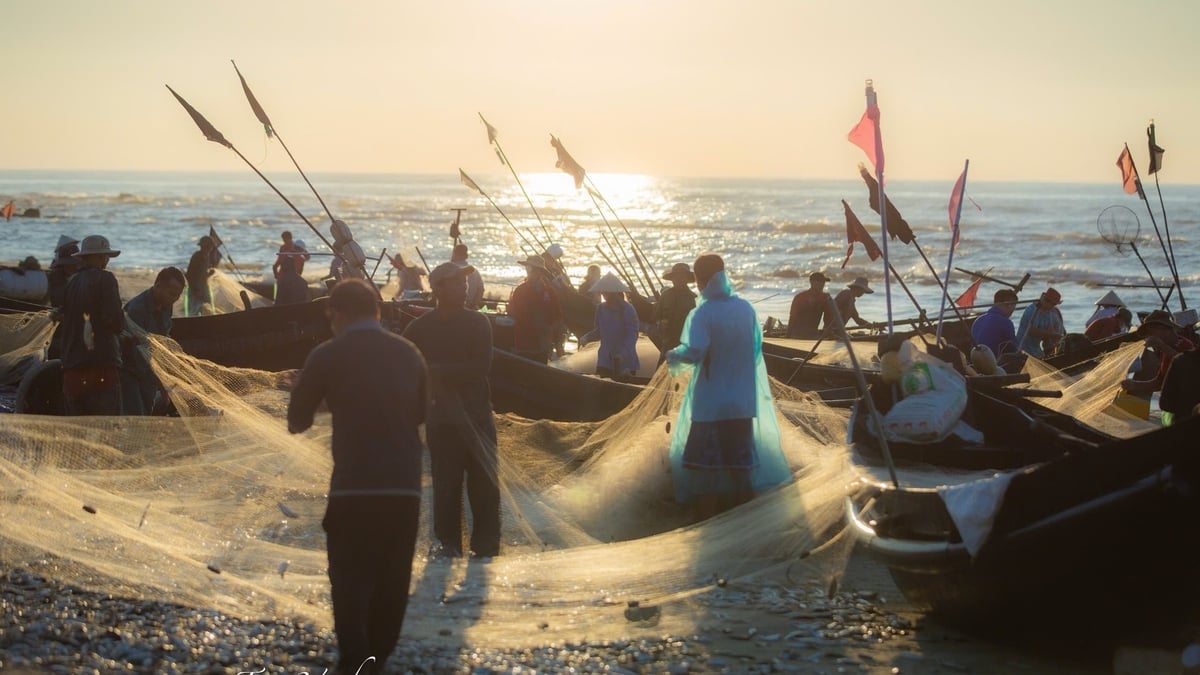

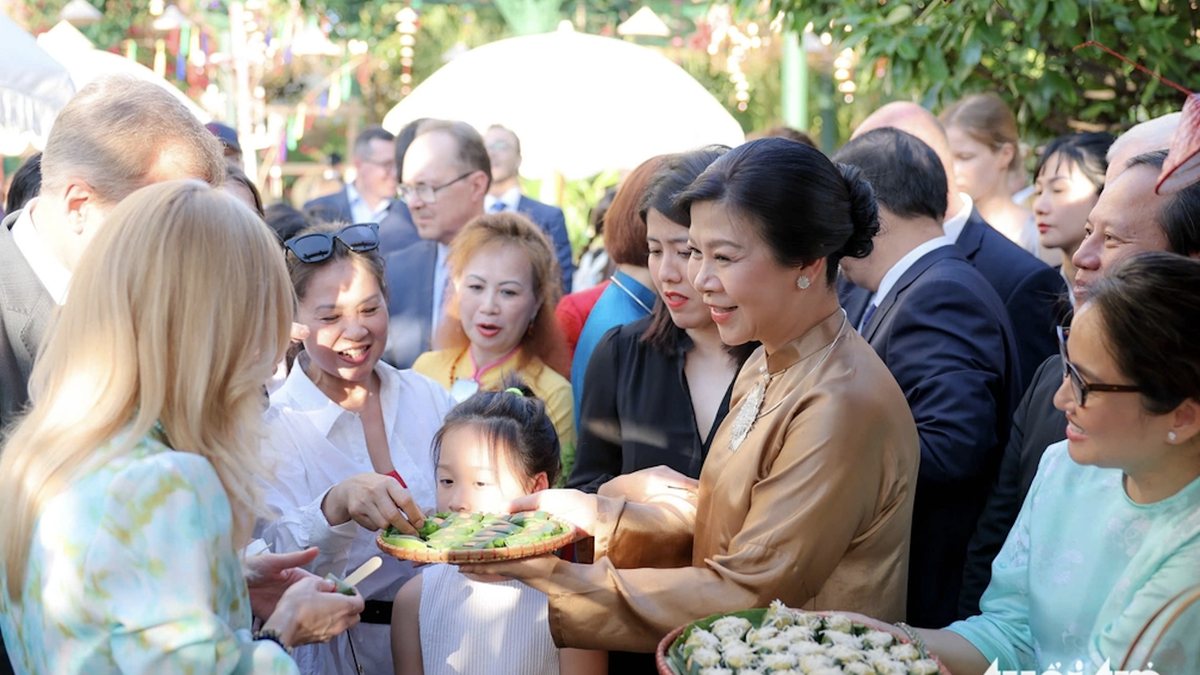
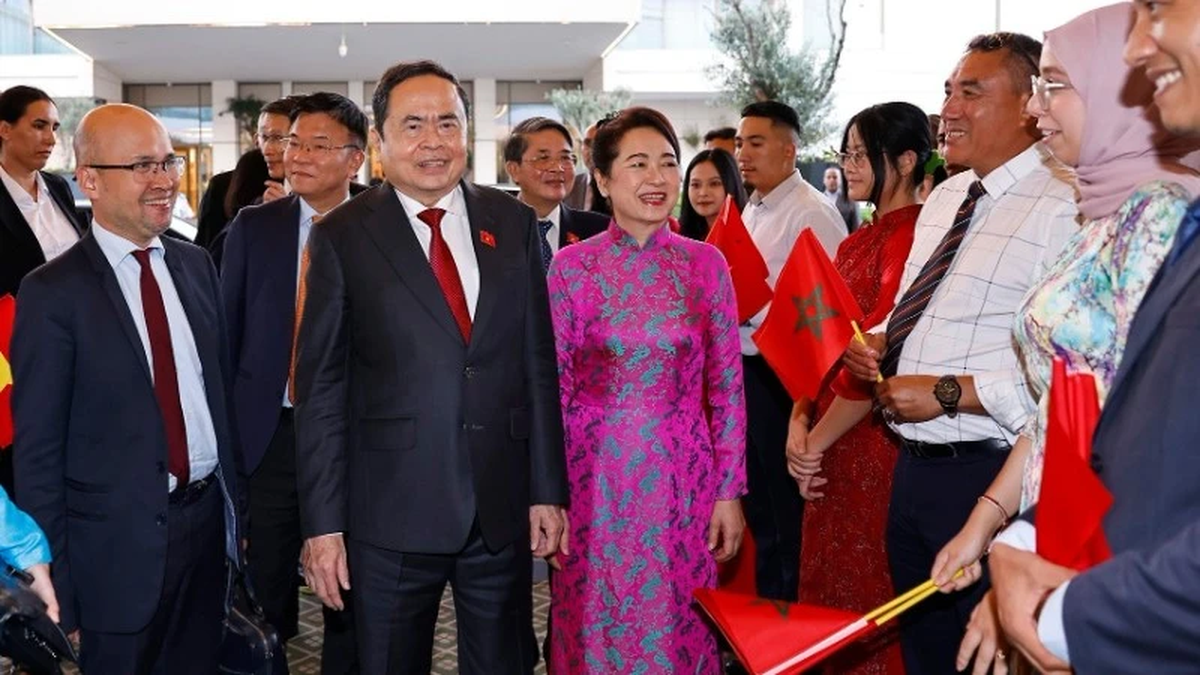
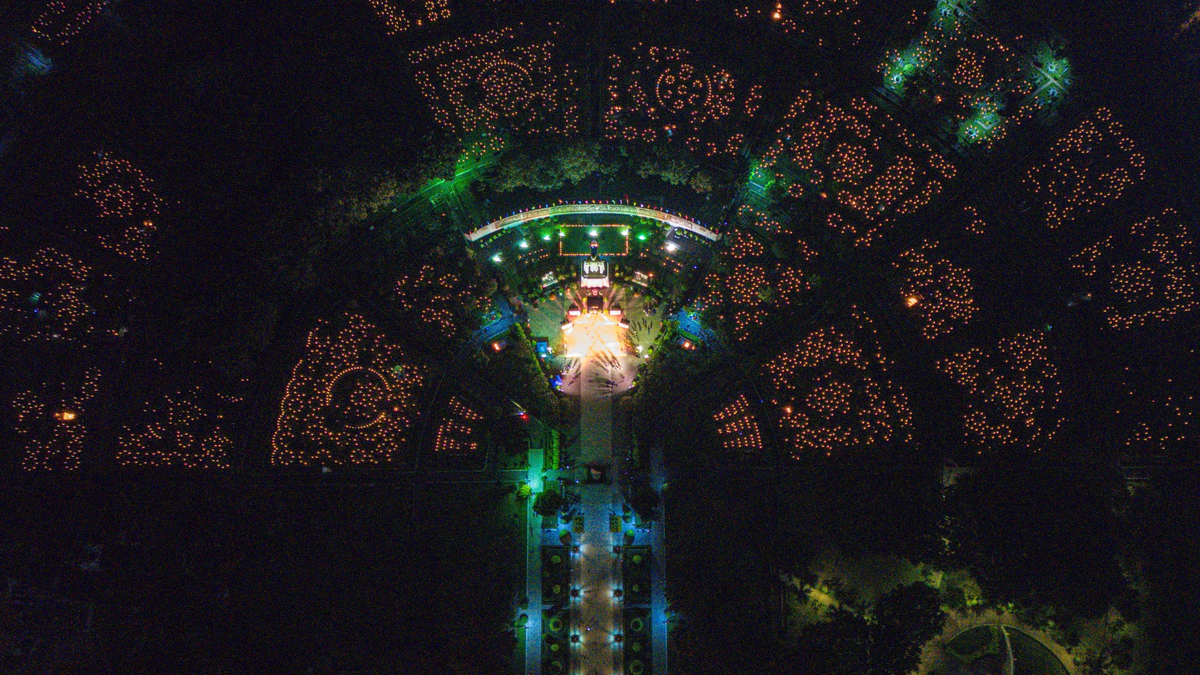

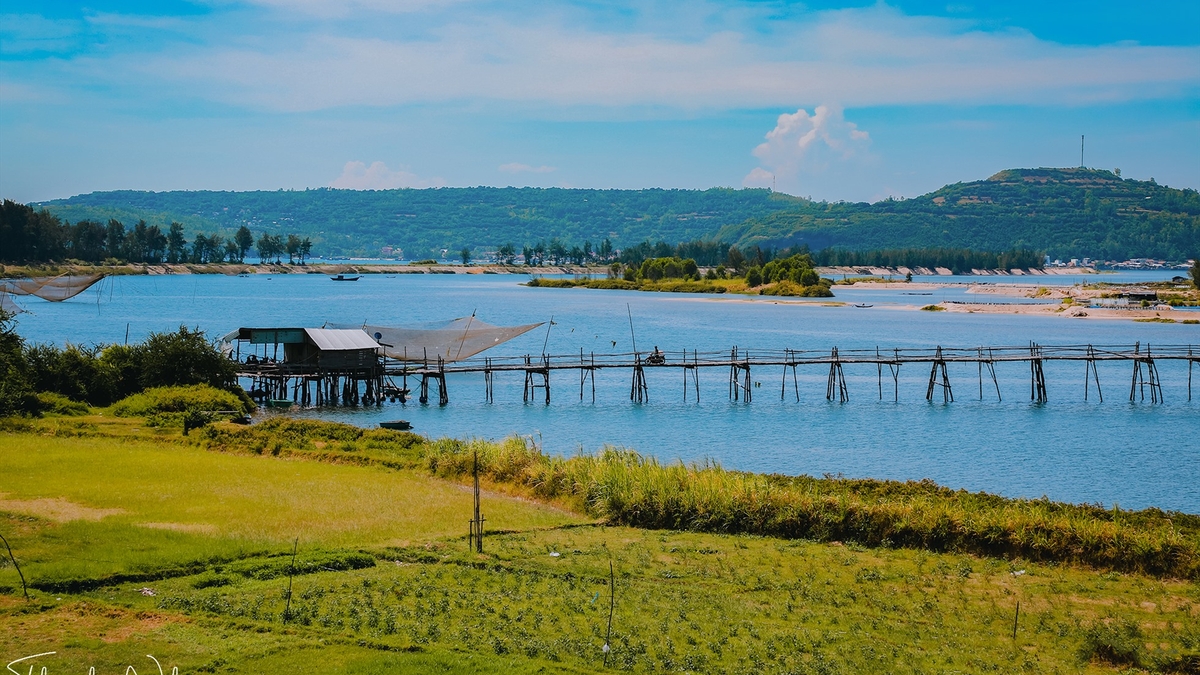
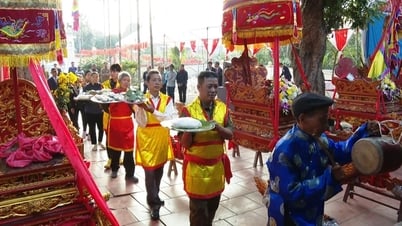

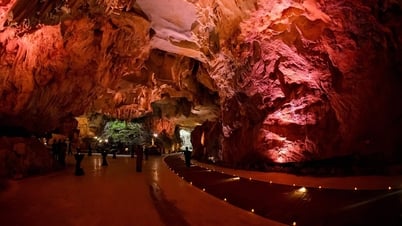
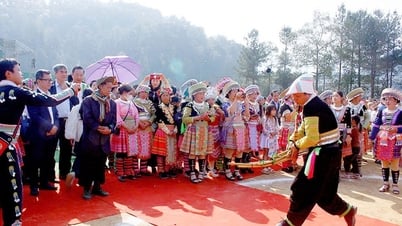



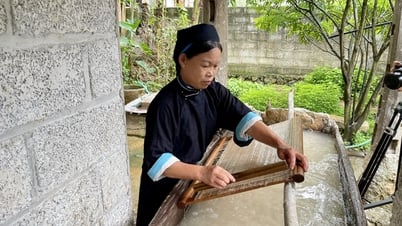





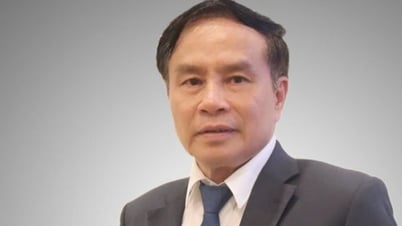

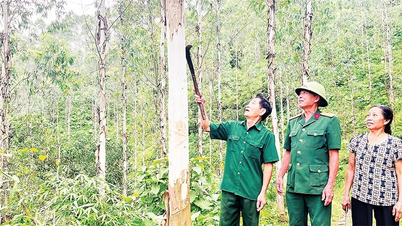

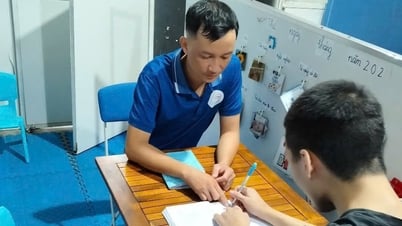
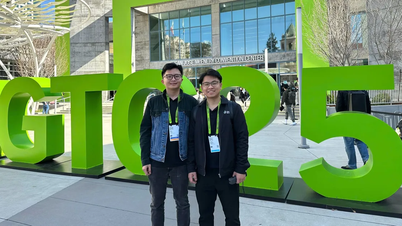


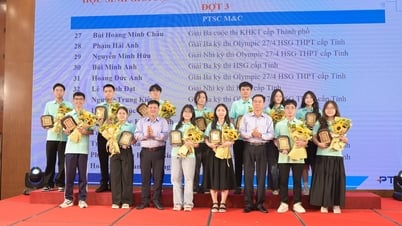

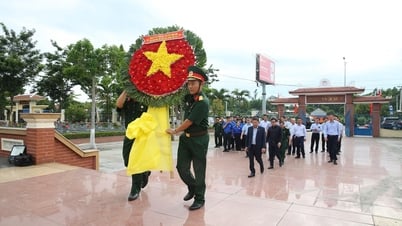



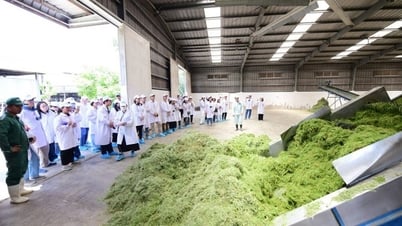





![[Photo] National Assembly Chairman Tran Thanh Man receives Chairman of Morocco-Vietnam Friendship Association](https://vphoto.vietnam.vn/thumb/402x226/vietnam/resource/IMAGE/2025/7/26/b5fb486562044db9a5e95efb6dc6a263)




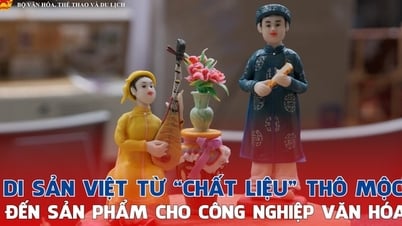

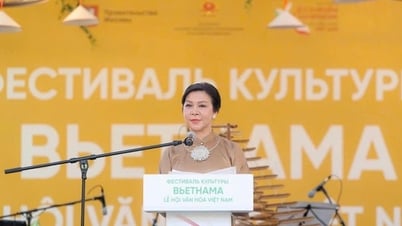
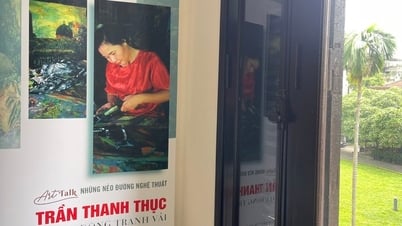
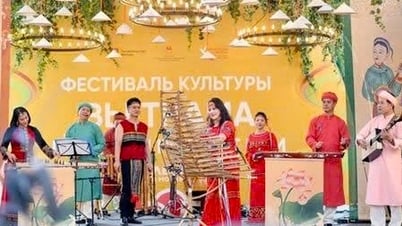
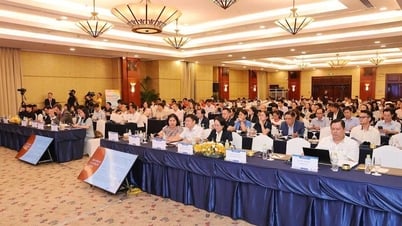

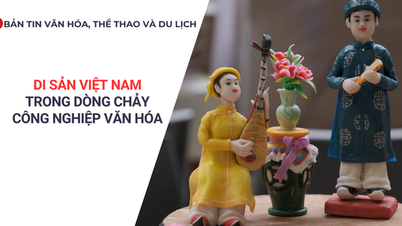










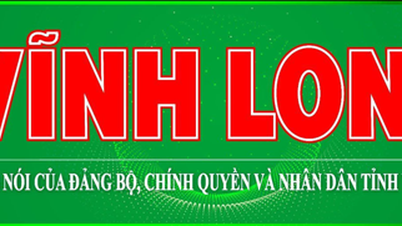

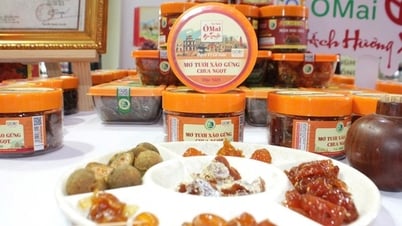



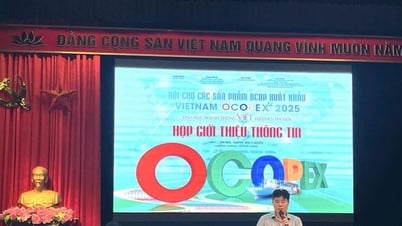


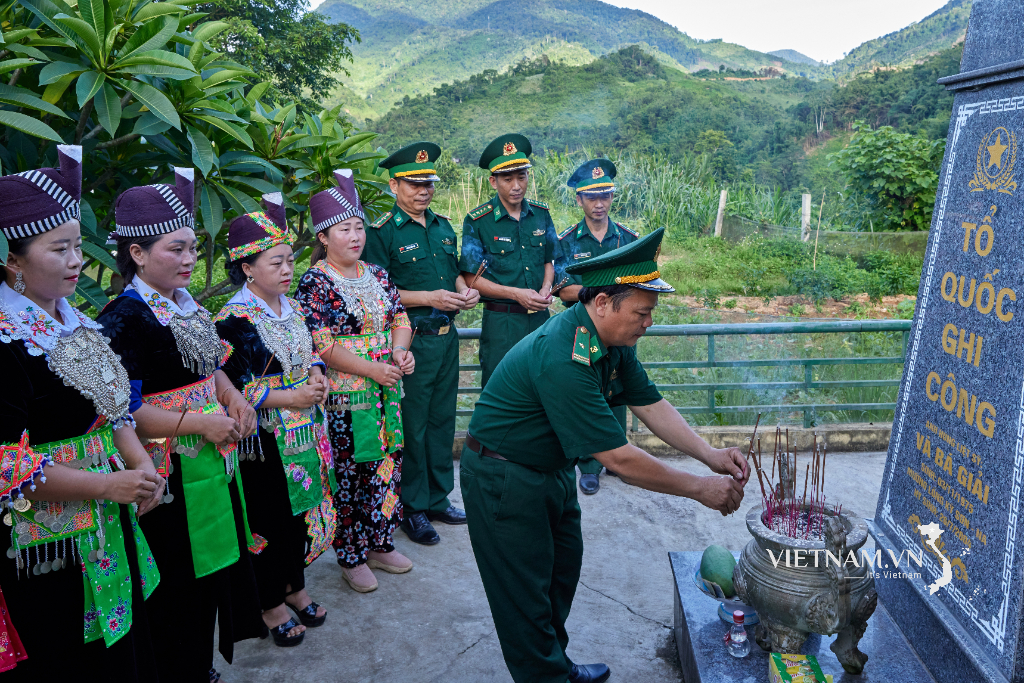
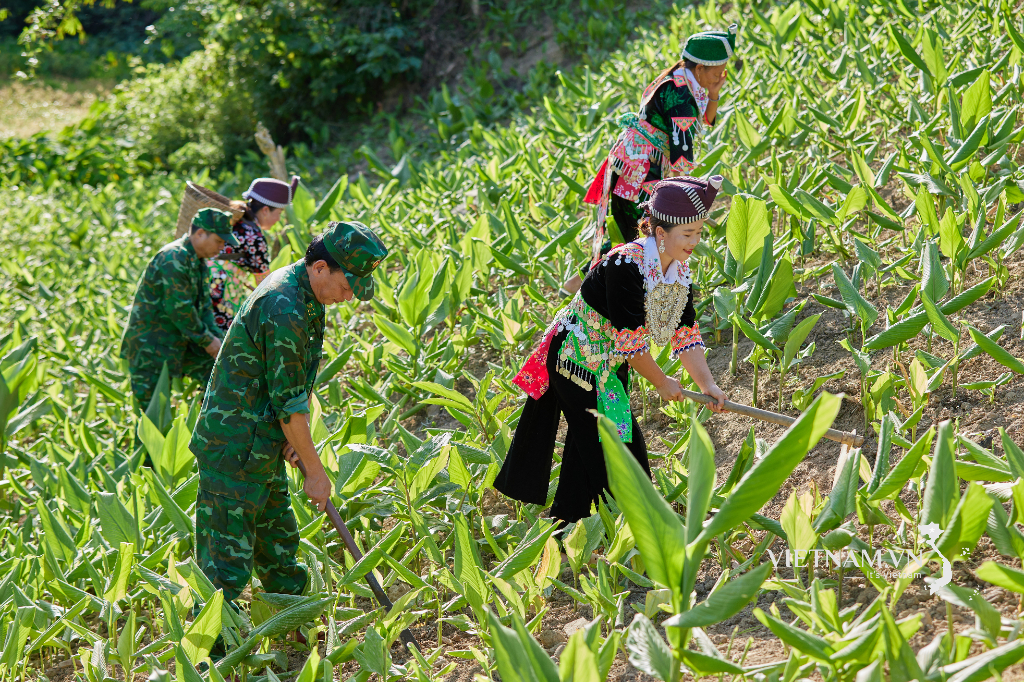

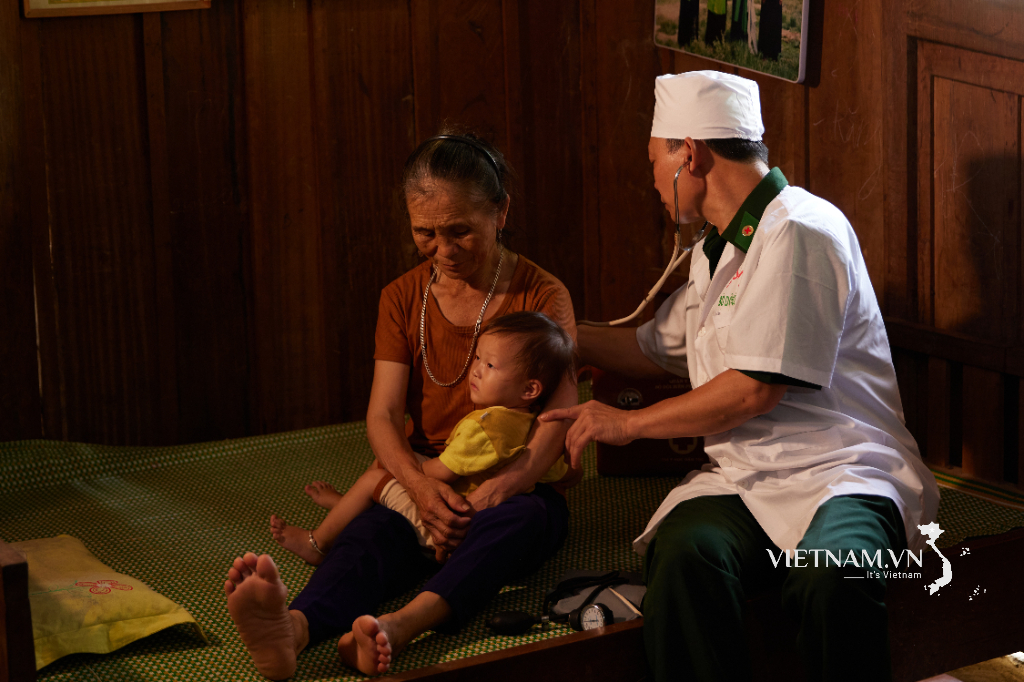
Comment (0)